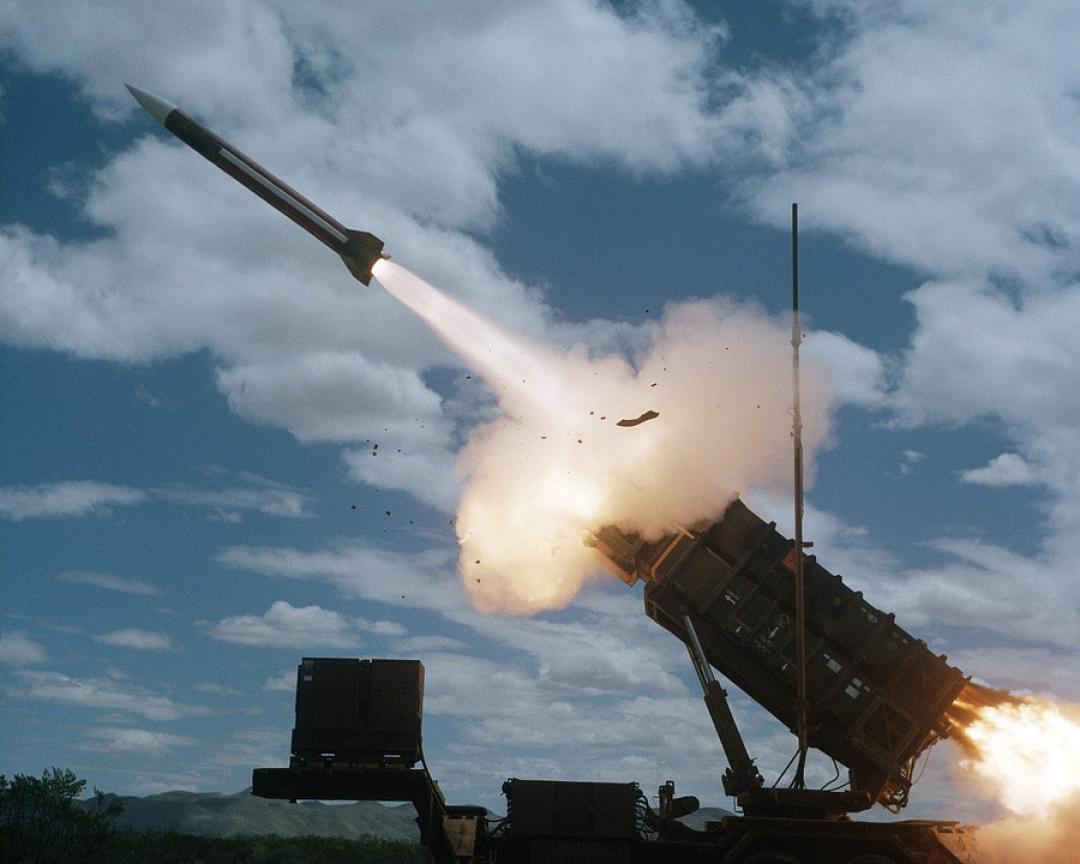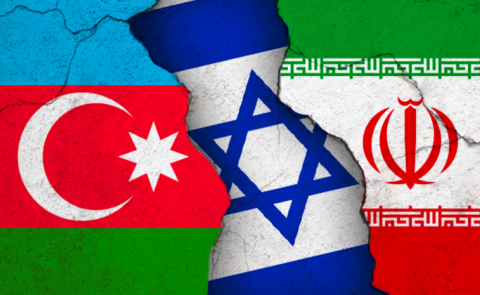
Armenia and Azerbaijan in SIPRI’s Arms transfer database for 2020

On 15 March, the Stockholm Peace Research Institute (SIPR) published its report on the global trends in arms export during the year 2020.
The report emphasised that for the first time since 2001–2005, the volume of deliveries of major arms between countries did not increase between 2011–15 and 2016–20. However, international arms transfers remain close to the highest level since the end of the cold war. It was emphasised that substantial increases in transfers by three of the top five arms exporters—the USA, France and Germany—were largely offset by declining Russian and Chinese arms exports. Between 2011–15 and 2016–20 there were increases in arms transfers to the Middle East (25%) and to Europe (12%), while there were decreases in the transfers to Africa (–13%), the Americas (–43%), and Asia and Oceania (–8.3%).
Of special mention in the report were Armenia and Azerbaijan. The report stated that the respective arms imports of Azerbaijan and Armenia accounted for only 0.7% and 0.3% of global arms transfers in 2016–20. However, many of the arms delivered played a key role in the heavy fighting between the two countries in 2020. In 2016–20 a total of 94% of Armenian arms imports came from Russia. These included air defence systems, combat aircraft, ballistic missiles and artillery. Azerbaijan’s arms imports in 2016–20 were more than 2.5 times higher than those of Armenia. Israel accounted for 69% and Russia for 17% of Azerbaijan’s arms imports in the period. Israeli supplies included unmanned aerial vehicles for reconnaissance, ballistic missiles and loitering munitions, while Russia supplied mainly armoured vehicles and artillery.
Speaking of South Caucasus neighbouring countries, Russia was ranked as the second largest arms exporter. Russia delivered major arms to 45 states in the period 2016-2020 and accounted for 20% of total global arms exports. India remained the main recipient of Russian arms in 2016–20, accounting for 23% of the total, followed by China (18%) and Algeria (15%). While Russian arms exports in 2016–18 remained at a relatively high level, they fell in both 2019 and 2020. The overall decrease in Russia’s arms exports between 2011–15 and 2016–20 was almost entirely attributable to a 53% drop in its arms exports to India. At the regional level, states in Asia and Oceania accounted for 55% of Russian arms exports in 2016–20, the Middle East for 21% and Africa for 18%.
Turkey was the 13th largest arms exporter and the 20th largest importer of arms. The main recipients of Turkish arms were Oman (19%), Turkmenistan (19%) and Malaysia (11%). Turkey mainly imported arms from the USA (29%), Italy (27%) and Spain (21%).
See Also


Armenia Strengthens Ties with Council of Europe

Former Armenian President Labels Pashinyan a Traitor and Blasphemer

Pashinyan Addresses Key Issues on Church, National Future, and Fund Allegations

Azerbaijan Calls for 'Dialogue and Diplomatic Resolution' Between Israel and Iran

